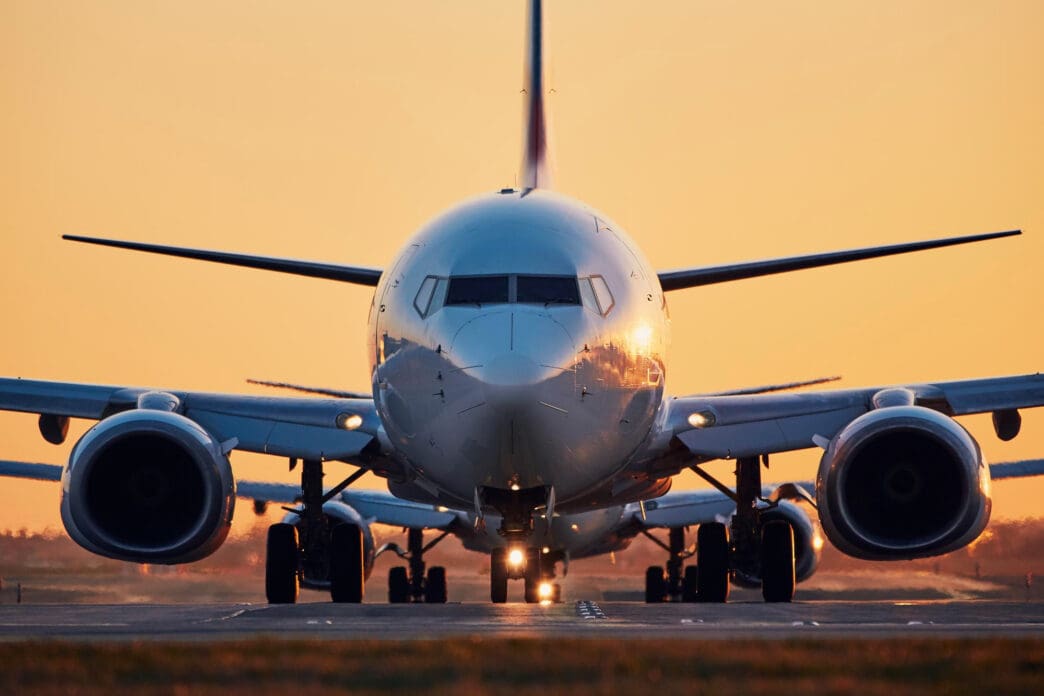Executive Summary
The Story So Far
Why This Matters
Who Thinks What?
Hong Kong’s major airlines, including Cathay Pacific, Hong Kong Airlines, and Greater Bay Airlines, proactively relocated approximately 80% of their aircraft fleet this week to airports across Asia, Europe, and Australia to safeguard against Typhoon Ragasa, the most powerful tropical cyclone globally this year. The precautionary measures led to the cancellation of over 500 long-haul and regional flights and a 36-hour halt of all landings and departures at Hong Kong International Airport, a critical global cargo and passenger hub, as the city issued its highest typhoon warning.
Typhoon Ragasa’s Impact on Air Operations
As hurricane-force winds and torrential rain approached Hong Kong on Wednesday, Flightradar24 tracking data indicated a significant movement of aircraft away from the city. This widespread evacuation of planes is a standard industry practice for airlines to mitigate potential damage during severe weather events or heightened conflict risks, often aligning with insurance mandates.
The majority of Hong Kong’s business jet fleet also departed the territory ahead of the storm, as confirmed by the Hong Kong Business Aviation Centre. This collective action highlights the aviation industry’s careful approach to operational safety and asset protection.
Airlines Implement Precautionary Measures
Cathay Pacific Airways, Hong Kong’s largest carrier with a fleet of 179 passenger and freighter planes, announced early that the typhoon would have a “significant impact” on its operations. The airline stated it was positioning some aircraft away from Hong Kong and anticipated a staggered return to its schedule through Thursday and Friday.
Tracking data showed at least 14 Cathay Pacific jets flying to Cambodia’s Phnom Penh Techo airport on Tuesday. Similarly, Greater Bay Airlines, a smaller carrier, moved all its seven Boeing 737s to airports in Japan and China. Hong Kong Airlines also appeared to have relocated all but one of its 28 aircraft.
Strategic Grounding and Recovery
While many planes were moved abroad, some aircraft belonging to Cathay Pacific and its low-cost subsidiary HK Express remained in Hong Kong. Airlines have options for grounding aircraft in high winds, such as storing them in hangars, adding extra fuel to increase weight, or tying down smaller planes.
Beyond protection, preemptively sending aircraft away from a main base ensures they are strategically positioned to resume return flights promptly once a storm subsides. Hong Kong issued typhoon signal 10, its highest warning, early Wednesday, urging a complete shutdown of businesses and transport services.
Key Takeaways
The extensive relocation of aircraft by Hong Kong-based airlines underscores the aviation industry’s proactive measures to ensure safety and minimize damage during extreme weather events. This strategic response, involving mass flight cancellations and the temporary grounding of one of the world’s busiest airports, demonstrates the significant operational adjustments required to navigate severe meteorological challenges like Typhoon Ragasa.








